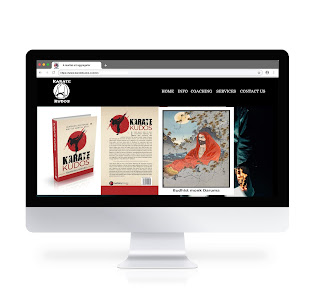Pressure and Vital Points of the Human Body
Pressure and Vital Points of the Human Body
In today’s circumstance, the modern definition of karate has to be a way of self-defense to handle efficiently conflict situations when all other avoidable means are exhausted. Here, the role of learning with hard points, vital points, Varma points, and pressure points will come into support.
The knowledge of vital points of the human body is advantageous for karatekas. The meaning of ‘vital point’ is the parts of the body where a blow would be comparatively effective. Vital points are pinpoints, and the majority of those points of the body where maximum caution is applied are vital points known since ancient times.
Figure - Forty
vital points of the human body
In martial arts, pressure points are areas of the body where the application of pressure or strike causes pain. They can be used to release an attacker’s grip on our arm, cause spasms by striking the solar plexus, etc. The most controversial subject regarding martial arts pressure points is the Death Touch. The pressure point is a place on the body where a nerve ends, branches-off like a “Y” or crosses or overlaps with another. Many pressure points are located around joints in the body. The knees are one of the best examples. Pressure points can be “activated” in numerous ways, most of which require a great deal of practice. Some are merely squeezed tightly with the fingertips, as during a wrist- grab. Others must be struck by a fore-knuckle fist or a spear hand at a specific angle to the surface and some can simply be punched, such as the knockout point along the lower jawline. The effect of activating two or three pressure points simultaneously can be remarkable, often causing instant paralysis or loss of consciousness, i.e., neurological shutdown. Activating only one can cause unconsciousness or merely numbness and loss of muscle control in an arm or leg, facilitating the application of a joint lock.




Comments